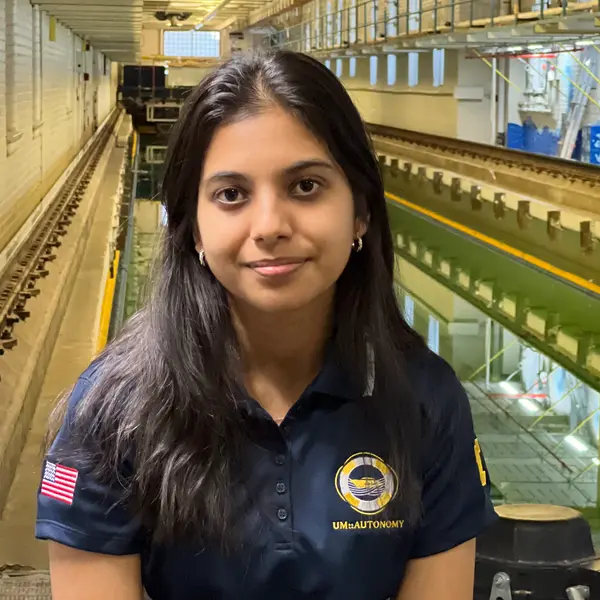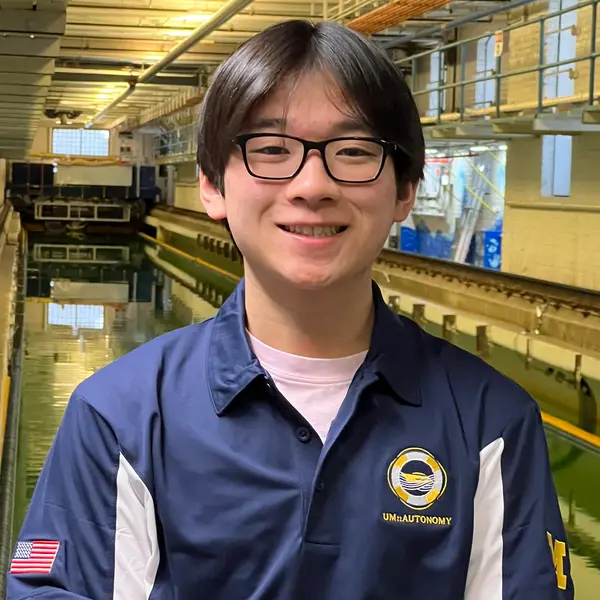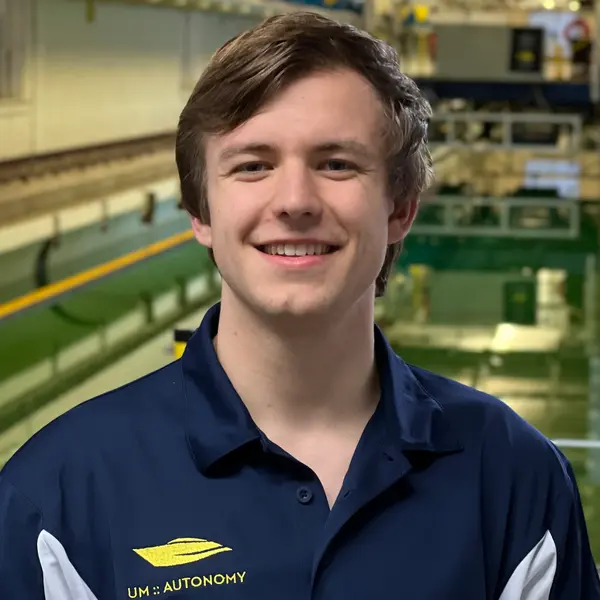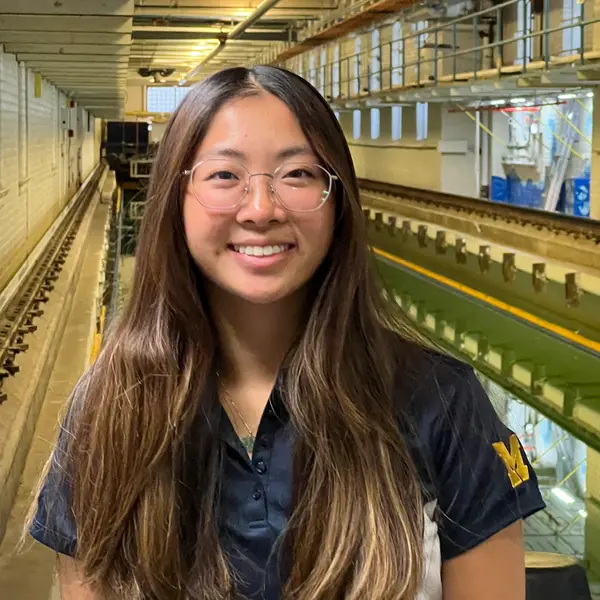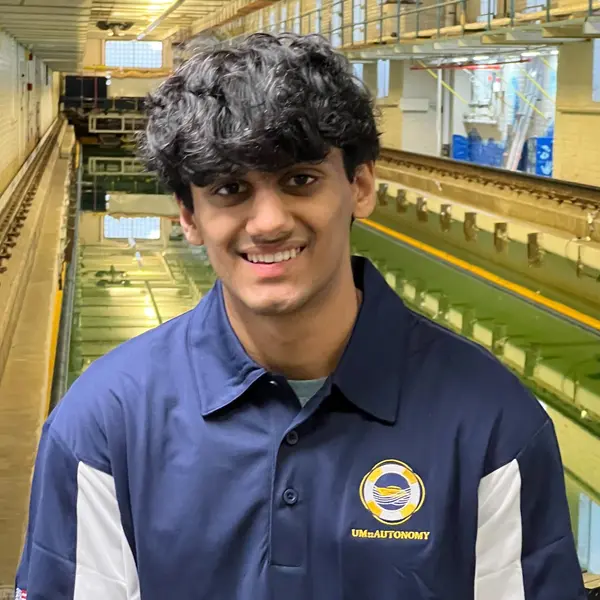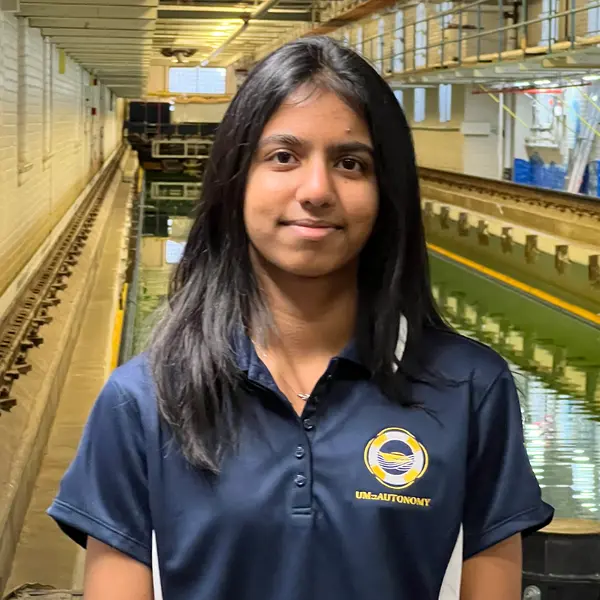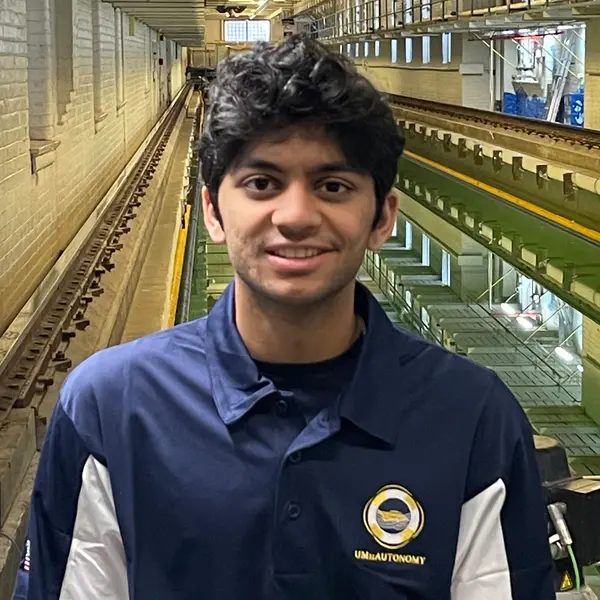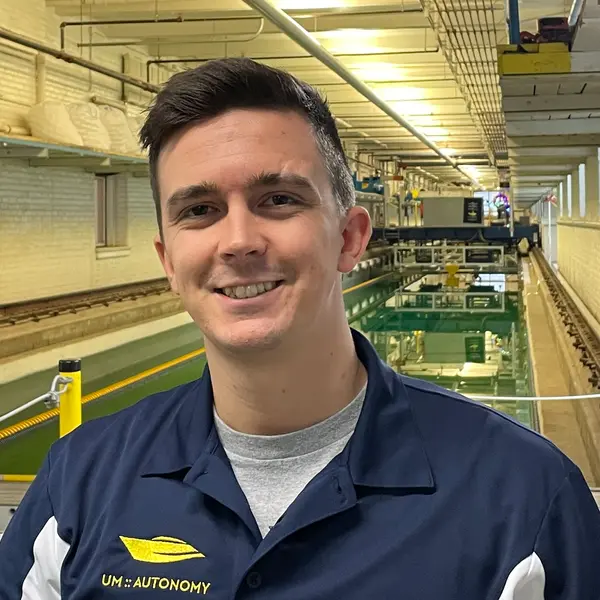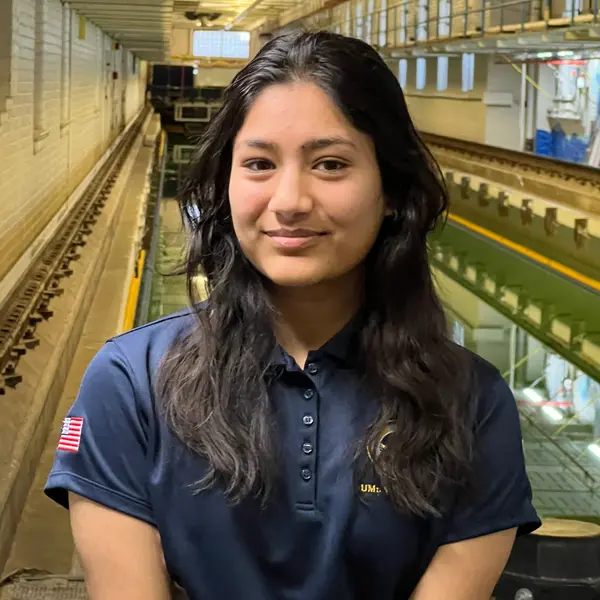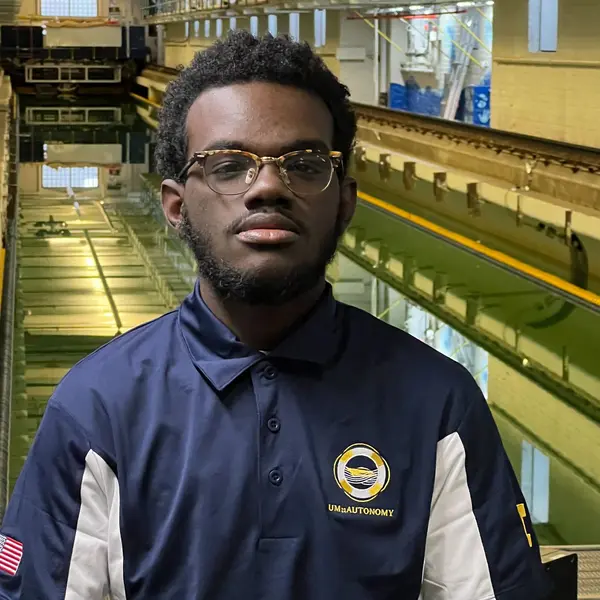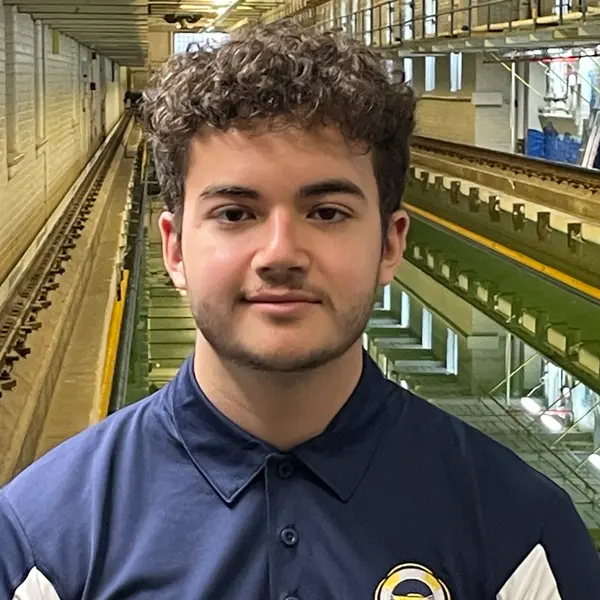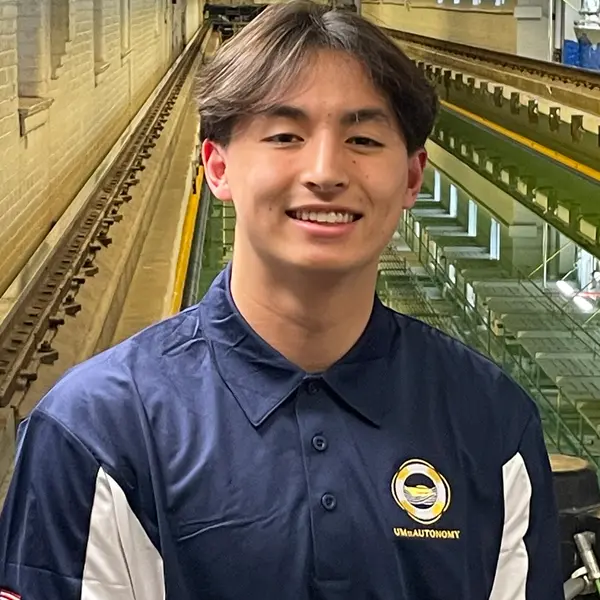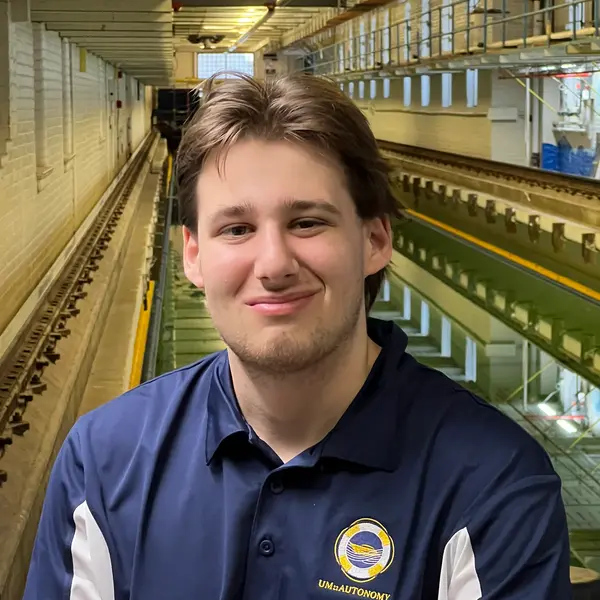Leadership
The Leadership team at UM::Autonomy is responsible for steering the overall direction of the project. Combining strategic foresight with tactical knowledge, they coordinate all subteams and resources towards a common goal. Ensuring clear communication, effective decision-making, and the overall well-being of the team, their role is essential to the successful execution of the project. Their responsibilities extend beyond project management to include cultivating a supportive, inclusive, and motivated environment for all team members to thrive.
-
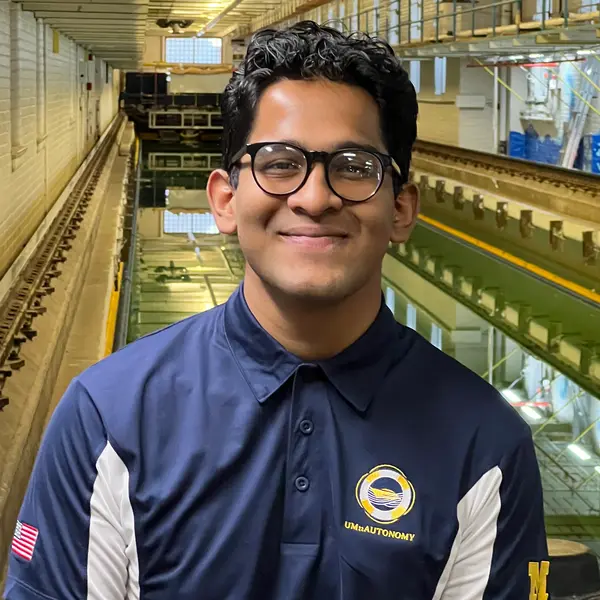 Asheya Ashok NaikPresidentGraduating Winter 2024
Asheya Ashok NaikPresidentGraduating Winter 2024 -
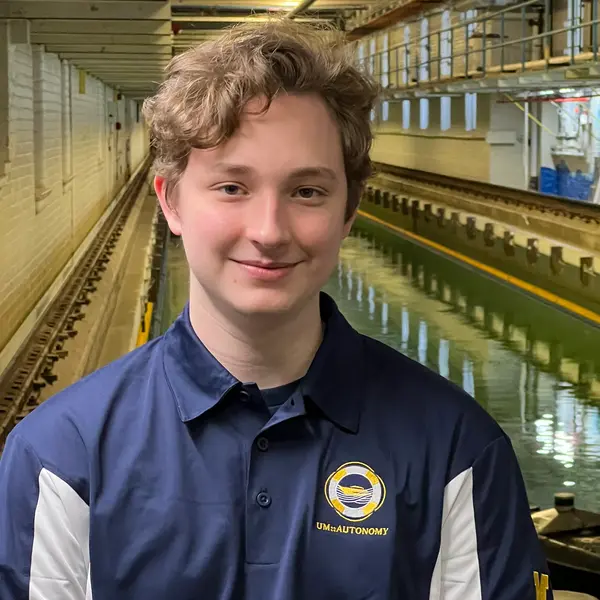 Ben BruickVice PresidentGraduating Winter 2026
Ben BruickVice PresidentGraduating Winter 2026 -
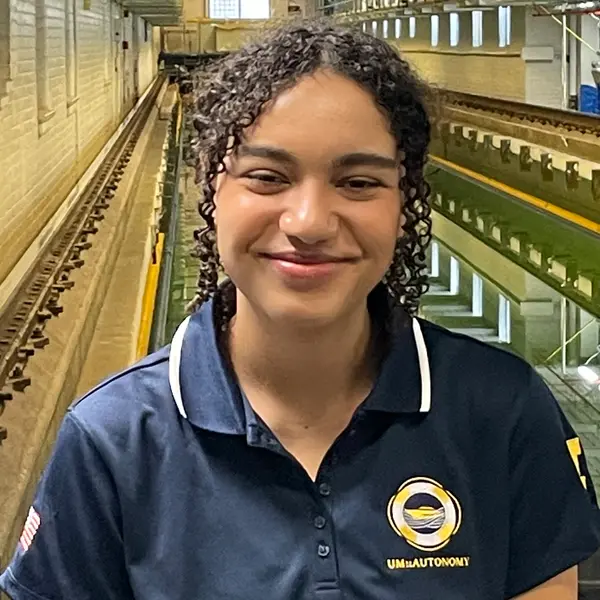 Elaina MannTreasurerGraduating Winter 2026
Elaina MannTreasurerGraduating Winter 2026 -
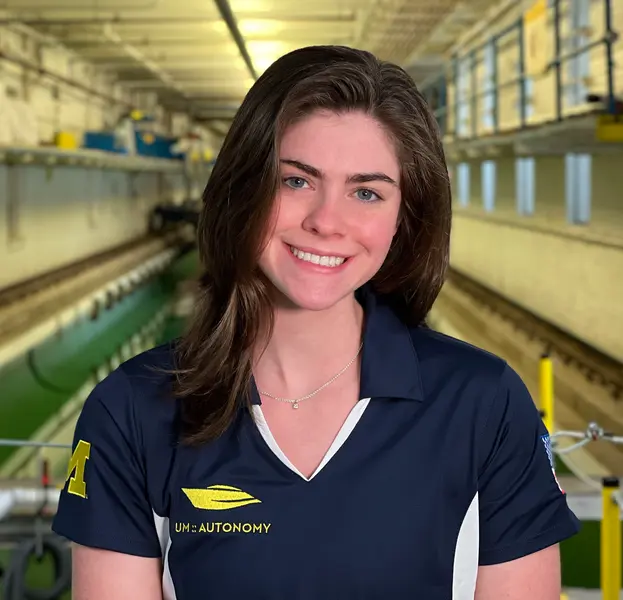 Isabella MinkinBusiness LeadGraduating Winter 2023
Isabella MinkinBusiness LeadGraduating Winter 2023 -
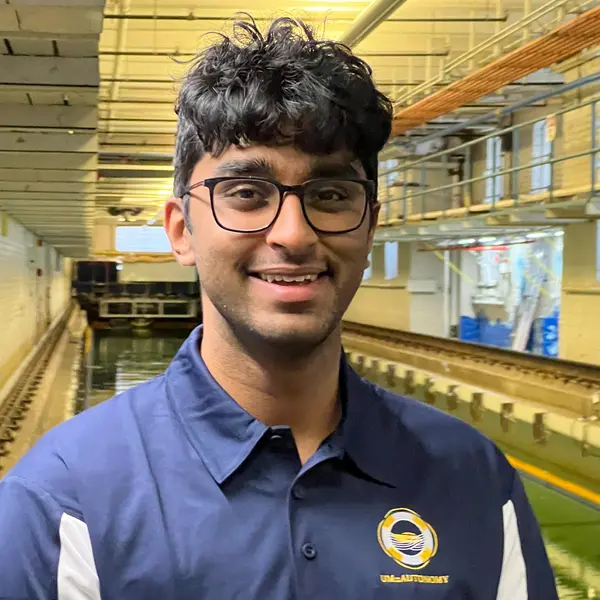 Aayush ShahElectrical LeadGraduating Winter 2025
Aayush ShahElectrical LeadGraduating Winter 2025 -
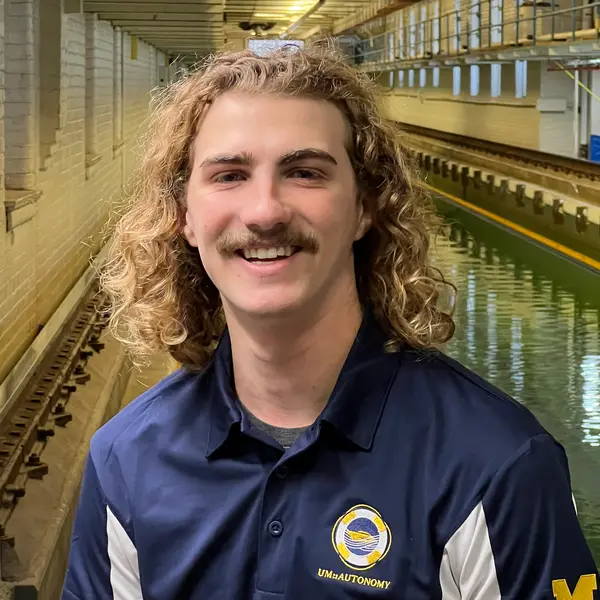 Gordon FreamChief Naval ArchitectGraduating Winter 2025
Gordon FreamChief Naval ArchitectGraduating Winter 2025 -
 Ben SchattingerAI LeadGraduating Winter 2026
Ben SchattingerAI LeadGraduating Winter 2026 -
 Murphy JustianTask Planning Co-LeadGraduating Winter 2024
Murphy JustianTask Planning Co-LeadGraduating Winter 2024 -
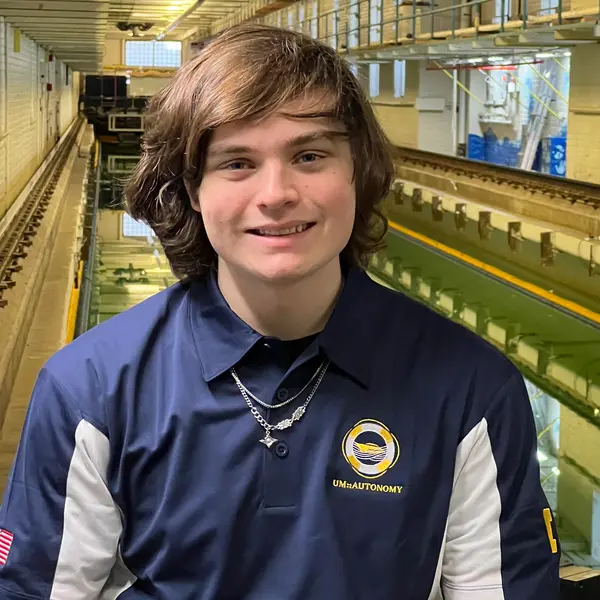 Christopher BriggsNavigation & Controls Co-LeadGraduating Fall 2024
Christopher BriggsNavigation & Controls Co-LeadGraduating Fall 2024 -
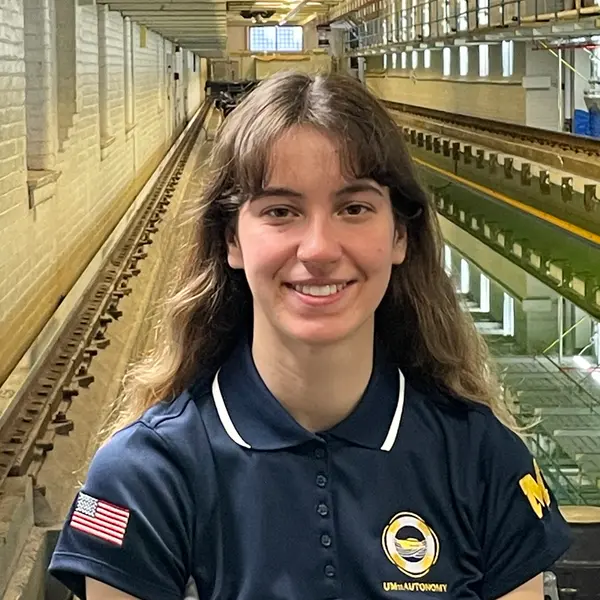 Georgia ZenderNavigation & Controls Co-LeadGraduating Winter 2024
Georgia ZenderNavigation & Controls Co-LeadGraduating Winter 2024 -
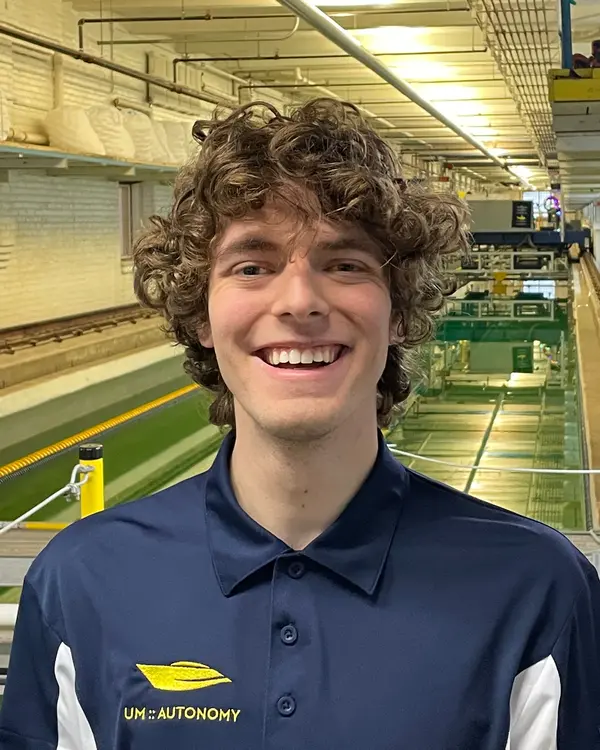 Kyle GrossTask Planning Co-LeadGraduating Winter 2025
Kyle GrossTask Planning Co-LeadGraduating Winter 2025
